-
×

-
×

-
×

-
×
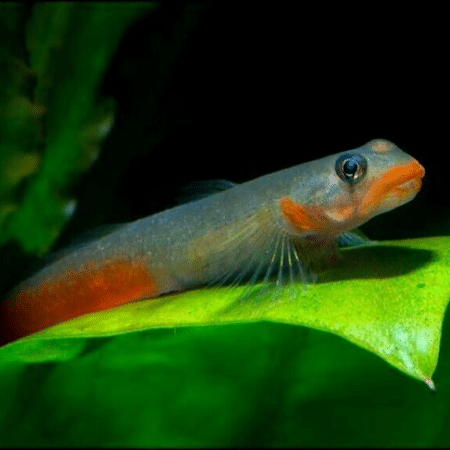
-
×

-
×

-
×

-
×
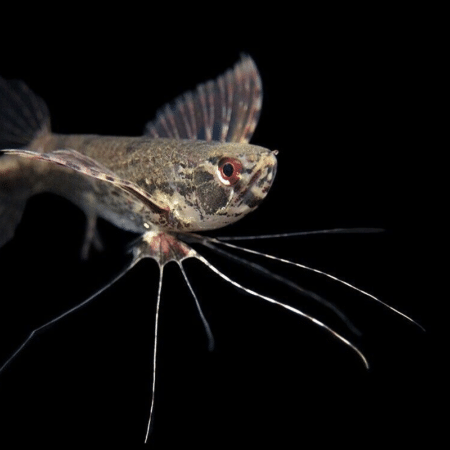
-
×

Subtotal: £206.21

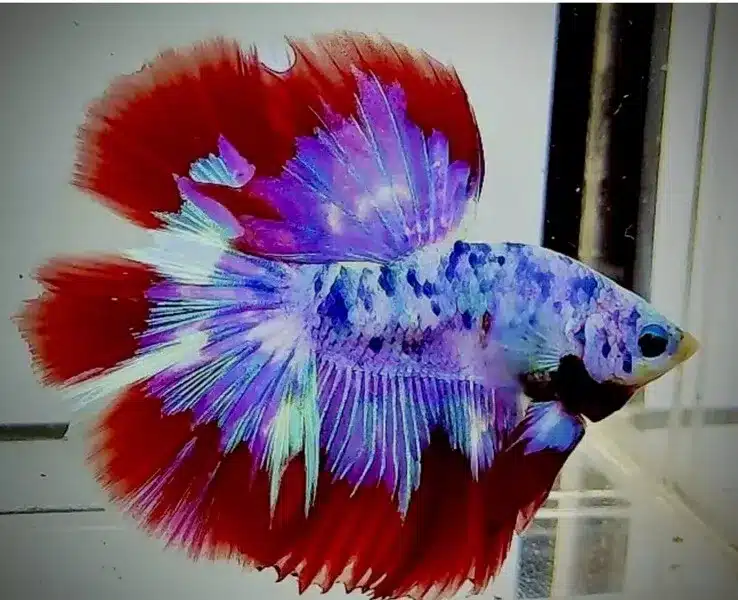
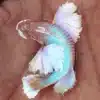

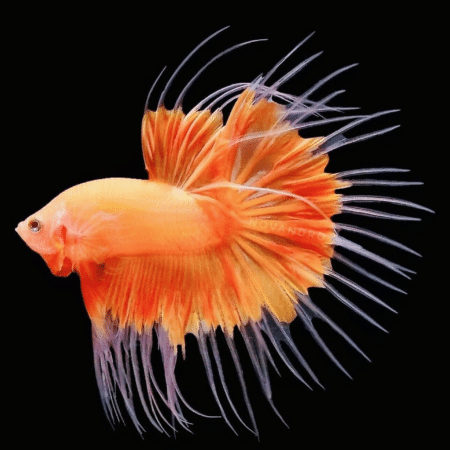
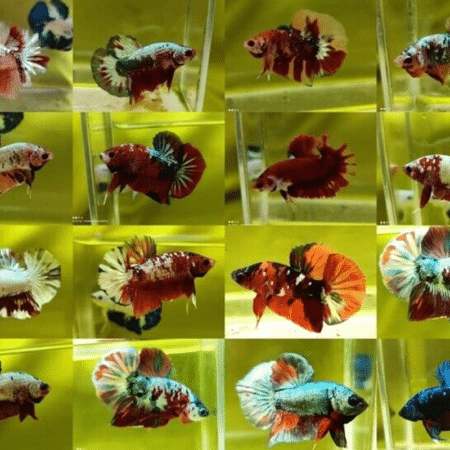
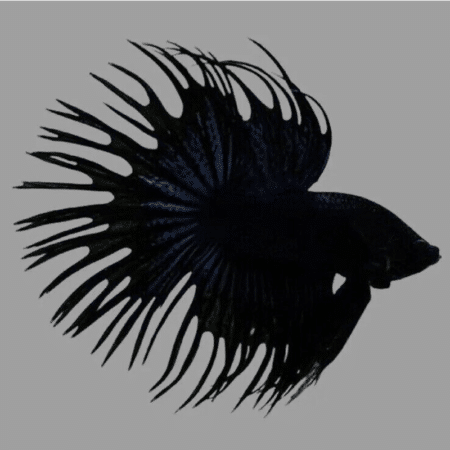


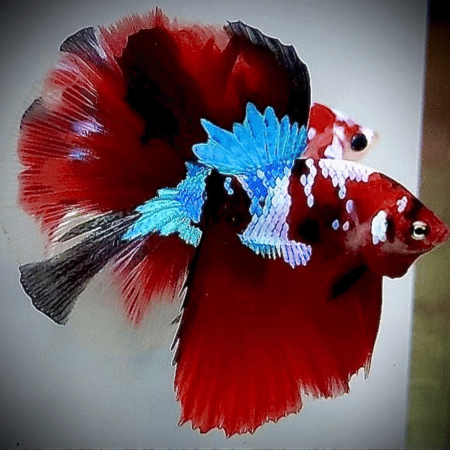
Emily Carter (verified owner) –
I recently purchased the Double Tail Randomly Selected Male Splend Beautiful Fish, and I couldn’t be more thrilled! As an experienced hobbyist, I appreciate the unique beauty of betta fish, and this little guy is a showstopper in my aquarium. His vibrant colors and graceful fins add a dynamic touch to my setup.
After just two weeks of care, he’s settled in beautifully, showcasing his playful personality as he flares and swims through the plants. I’ve had other fighting fish before, but this betta stands out due to his remarkable health and spirit. He arrived promptly and in excellent condition, which speaks volumes about the seller’s commitment to fish welfare.
If you’re looking to add some life to your aquarium, I highly recommend this betta fish! Just keep in mind that like any fighting fish, he will need a spacious tank and a careful introduction to other inhabitants. Overall, it’s been a delightful experience, and I’m already considering getting another one. You won’t regret this purchase, especially if you love bettas as much as I do!
Emily Carter (verified owner) –
I recently purchased the Stunning Double Tail Betta Fish, and I couldn’t be happier with my choice! This beautiful tropical fish adds so much color and elegance to my home aquarium. From the moment I introduced him into my tank, I noticed how vibrant and lively he is, showcasing brilliant blues and reds that catch the light beautifully. After a week of observation, he’s settled in nicely and seems very happy – swimming gracefully and interacting with his surroundings.
I’ve kept fighting fish before, but this particular betta is truly special. His double tail is not only visually striking but also signifies good genetics, which I appreciate as someone who’s passionate about fish welfare. Compared to other bettas I’ve owned, his health and vitality are remarkable, and he appears more social and less stressed. One minor concern was the initial shipping; he arrived a bit stressed, but that is common with live fish. With the right care and a proper acclimation process, he bounced back fast!
I recommend this betta to anyone looking to elevate their aquarium setup, especially those who value beauty and fish welfare as much as I do. He’s perfect for both beginners and seasoned aquarists. I’m absolutely considering getting him a companion soon. Love this fish!